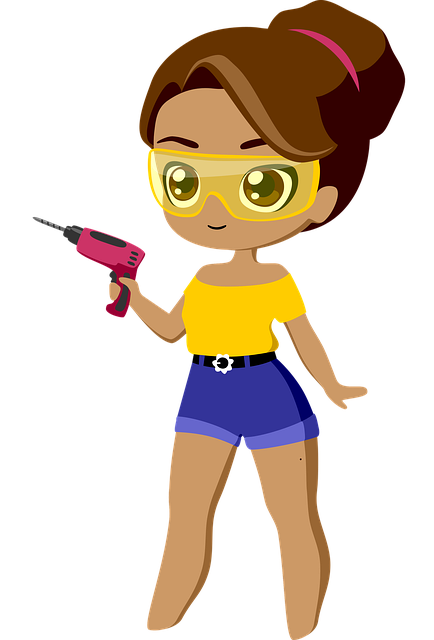Auto body corrosion, accelerated by moisture and oxygen exposure, damages vehicles' aesthetics and structural integrity. Effective solutions involve surface preparation, choosing rust repair tools (like specialized products), and selecting appropriate techniques (e.g., sandblasting, chemical stripping) based on severity. Following a step-by-step guide using high-quality materials ensures durable repairs, preventing future corrosion issues. "Select Rust Repair" methods, from converters to power washing, restore vehicles while enhancing unique rustic finishes for DIY projects.
Auto body corrosion is a common problem that can significantly impact a vehicle’s aesthetics and safety. Understanding the causes and effects of rust is the first step towards effective repair. This article guides you through the process, from recognizing corrosion to choosing the best rust repair method using suitable materials. We’ll provide a detailed, step-by-step approach to ensure long-lasting results, helping you select the ideal Rust Repair solution for your needs.
- Understanding Auto Body Corrosion: Causes and Effects
- Preparing the Surface: Cleaning and Priming for Repair
- Choosing the Right Rust Repair Method and Materials
- Step-by-Step Guide to Effective Rust Removal and Prevention
Understanding Auto Body Corrosion: Causes and Effects
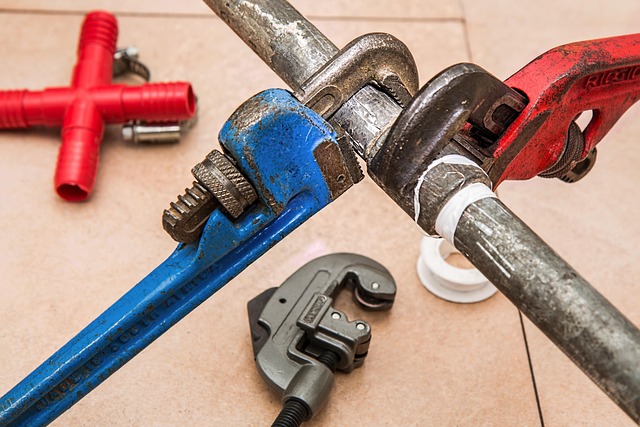
Auto body corrosion is a common issue that can significantly impact the appearance and structural integrity of a vehicle. Understanding its causes and effects is crucial when considering rust repair, or selecting rust repair solutions. Corrosion occurs when metal surfaces are exposed to moisture and oxygen, leading to the formation of rust, which is essentially iron oxide. This process starts with minor dents, scratches, or cracks that allow water to penetrate the paint and eventually erode the metal beneath.
Various factors contribute to auto body corrosion, including environmental conditions like salty air near coasts or extreme humidity levels. Over time, small pitting and flaking may develop into larger areas of rust, compromising the car’s structural integrity. Not only does it mar the vehicle’s aesthetic appeal, but severe corrosion can also make repairs more complex and costly. The good news is that with the right tools and techniques, such as stainless steel restoration or using natural rust remover solutions, reclaiming rusty metal art—in this case, your car body—is possible, ensuring your vehicle looks like new again.
Preparing the Surface: Cleaning and Priming for Repair
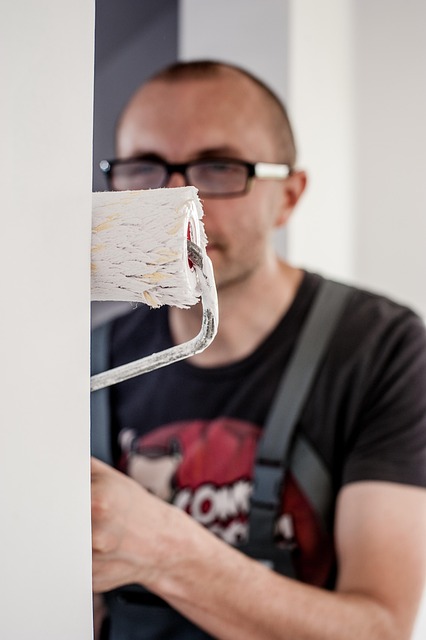
Before diving into the actual repair process, preparing the auto body’s surface is a critical step in any rust corrosion fix. This involves thoroughly cleaning the affected area to remove any dirt, grease, or existing rust. Using appropriate solvents and scrubbers, gently yet effectively clean the metal surface. Once cleaned, it’s essential to prime the area. Priming creates a protective barrier between the repair and the environment, preventing further corrosion. A good primer also acts as an adhesive, ensuring that the subsequent paint job adheres properly.
Selecting the right rust repair tools and techniques is key. This includes using specialized rust removal products designed for auto body work. Effective rust prevention strategies involve maintaining proper metal surface preparation before painting, which includes rust protection coatings and regular rusty equipment maintenance tips. These steps are fundamental to ensuring a durable, long-lasting repair that prevents future corrosion issues.
Choosing the Right Rust Repair Method and Materials
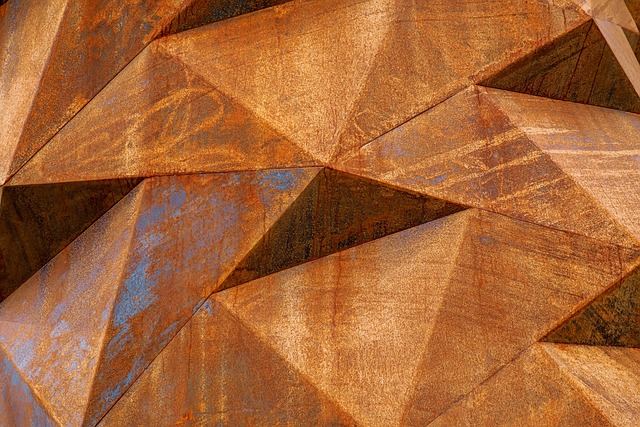
When tackling auto body corrosion repair, selecting the appropriate rust repair method and materials is a crucial step to ensure long-lasting results. It’s essential to consider the extent of the corrosion and the desired outcome before choosing between various techniques like sandblasting, chemical stripping, or mechanical removal. Each method has its advantages and is suited for specific situations; for instance, sandblasting is effective for heavy rust buildup but requires careful preparation to prevent damage to the underlying metal surface.
The right materials are equally vital. For a durable fix, high-quality rust converter and primer should be used, followed by a suitable topcoat. Proper metal surface preparation before painting is key; this involves cleaning, de-greasing, and sanding to create a smooth base for optimal adhesion. Reclaiming rusty metal art through these meticulous processes not only restores vehicles but can also add unique, rustic appeal to various DIY projects.
Step-by-Step Guide to Effective Rust Removal and Prevention
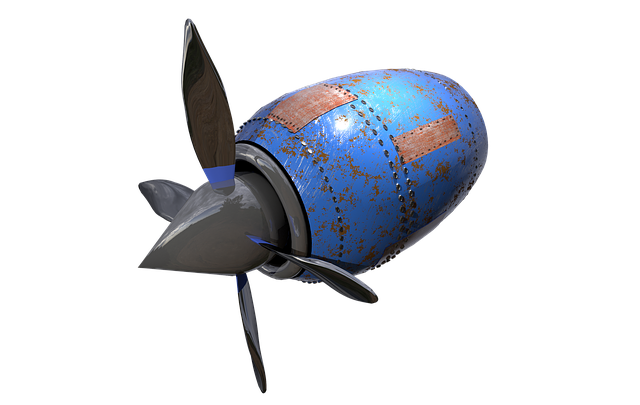
Rust can be a significant issue for vehicle owners, not only impacting the aesthetic appeal but also compromising structural integrity. However, with the right approach, it’s possible to effectively remove rust and prevent further damage. Here’s a step-by-step guide tailored towards auto body corrosion fix using select rust repair techniques:
Start by thoroughly inspecting the affected area to identify the extent of the rust. This involves checking for loose or flaking paint, visible rust spots, and any structural weaknesses. Once identified, prepare the surface by removing any debris, grease, or old paint using a wire brush or sandpaper. Ensure proper ventilation during this process to avoid inhaling harmful dust. Next, apply a rust converter or primer designed specifically to tackle corrosion. This step acts as a barrier, preventing further oxygen exposure and moisture absorption that lead to rust formation. After allowing the converter/primer to dry, you can move on to the stainless steel restoration process if restoring an exterior part. This involves using fine-grit sandpaper to buff away remaining rust and smoothen the surface, followed by applying a high-quality stainless steel polish for a durable, protective finish. For more severe cases or restoring old rusty objects, consider industrial rust elimination methods like power washing with specialized chemicals designed to dissolve rust quickly and safely.
Auto body corrosion can be a challenging issue, but with the right knowledge and methods, it’s fixable. By understanding the causes and effects of corrosion, preparing the surface properly, and choosing the suitable rust repair techniques and materials, you can effectively remove existing rust and prevent future damage. Remember, selecting the right rust repair method is crucial for long-lasting results. Implement these steps and keep your vehicle’s body in top condition, ensuring a durable and corrosion-free finish.
